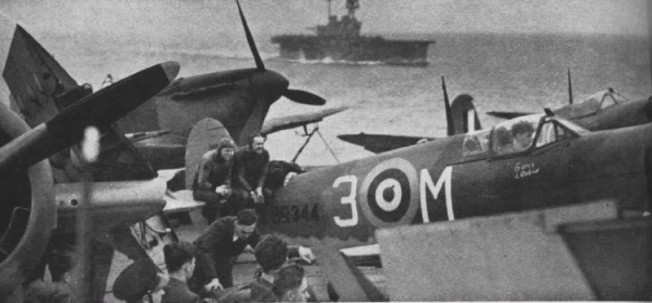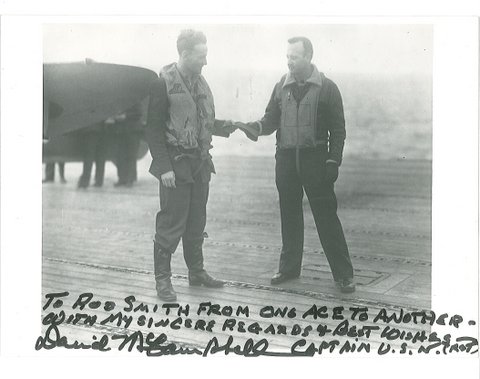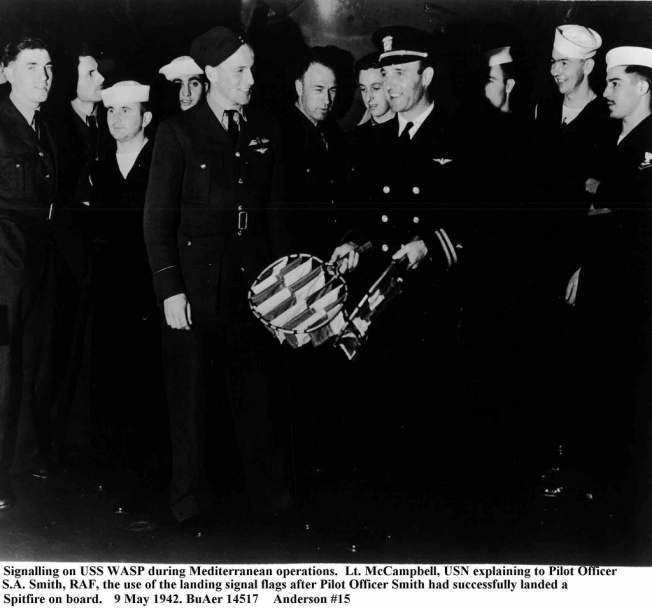It’s about a book I bought today on Google Books.
I got curious when I was searching for this pilot.
I only had his name and that he was with 416 Squadron. The above image is part of this one.
This is the original black and white picture part of Gordon McKenzie Hill’s collection.
Gordon Hill is 94 years-old and is sharing all the pictures he took during World War Two.
This is a book review taken on this Website:
http://web.ipmsusa3.org/content/spitfire-aces-northwest-europe-1944-45
Harten’s name was mentioned a few times in the book and for $9.99 I thought I would be a good buy.
This is an image taken from the book.
This is the book review of the Website.
Spitfire Aces of Northwest Europe 1944-45
Published: October 30th, 2014
Author: Andrew Thomas; Illustrator: Chris Thomas
Reviewed by: Paul Mahoney, IPMS# 8943
Company: Osprey Publishing
ISBN #: 978-1-78200-338-0
Other Publication Information: Softcover, 96pp, 12 pages of color profiles, 2 appendices;
Price: $22.95
Product / Stock #: Aircraft of the Aces #122
Web Site: Osprey Publishing [4]
Product Web Page: View [5]
Product provided by: Osprey Publishing [4]
Osprey has produced so many different “Aces” titles at this point, that the remaining subjects are becoming very narrow indeed. This new volume, as the title says, covers Spitfire Aces of Northwest Europe during 1944-45, and even more specifically the Spitfires covered are limited to Marks V, VII, IX, and XVI (all Merlin-engined).
Despite the narrow subject, the book essentially follows the same format anyone familiar with this series will recognize. The author plows right in with description of the first Spitfire combat of 1944 that resulted in the pilot becoming an ace. The book continues chronologically, with six chapters ranging from “Early Encounters”, through “Normandy” and culminating in “Surrender.” The author does a great job of narrating the ‘big picture’ history, and then brings it to life in the context of the chapter title via personal narratives taken from diaries, combat logs and interviews. The text is supported throughout by a good deal of photographs, most having detailed captions describing the subject aircraft or pilot in some detail.
Beyond this there are 12 pages of extremely well-done side profiles (in color) of various aces’ mounts. These also have in-depth captions (at the back of the book) with some good details on the pilot associated with the profile. The artwork was done by Chris Thomas, who has written and illustrated a number of other Osprey publications.
The number of appendices in this book is limited to two (other Osprey titles often have several more). The first, as would be expected, lists Spitfire Aces of NW Europe 1944-45. The second lists aces with some claims while flying Spitfires during the same time period.
Overall, this book is yet again what one comes to expect from the Osprey “Aces” series. A well-written narrative of this particular part of the War, interspersed with many stories about individual aces (many in their own words). All this is complemented by nicely-done color plates, lots of good photos, and a few useful appendices. While I definitely recommend this for those interested in the topic, I wonder how much further down the series will be able to drill? There certainly are still more topics to be covered, but they are indeed narrowing!
I will mention again (as I have in earlier reviews), that the publisher’s website shows this and many other titles are also available in e-formats. These e-books are almost half the full retail price of the print copy. This might be a cost-effective way to add more titles to your library!
Finally, I would like to thank Osprey publishing for providing the book, and IPMS/USA for allowing me to review it!
Source URL: http://web.ipmsusa3.org/content/spitfire-aces-northwest-europe-1944-45
Links:
[1] http://web.ipmsusa3.org/category/review-type/aircraft
[2] http://web.ipmsusa3.org/category/product-type/publications
[3] http://web.ipmsusa3.org/sites/default/files/reviews/spitfire-aces-northwest-europe-1944-45/review_spit_aces_1.jpg
[4] https://ospreypublishing.com
[5] https://ospreypublishing.com/spitfire-aces-of-northwest-europe-1944-45
I wonder how much further down the series will be able to drill?
Flight Lieutenant John Harten



































